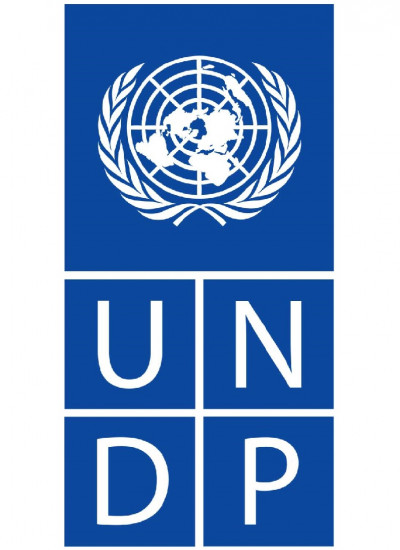Serbia experiences high levels of international emigration and rural-urban migration, leading to a shrinking population and workforce, particularly in rural areas. 50,000 citizens, disproportionately young and well-educated, migrate to Western Europe each year, with many more migrants transiting through Serbia towards Western Europe. This contributes to Serbia’s negative net migration balance of -70,000 people per year.
Given Serbia’s challenges with youth emigration and social cohesion of the Roma community, the Programme’s three local-level projects focus on promoting opportunities for unemployed youth and the returnees from the EU under the readmission process, mostly Roma, with a particular focus on the livelihoods of women. Through skills training, providing equipment, individualized job search support, awareness campaigns, research and counselling, the Programme’s beneficiaries will be able to find gainful employment and contribute to the economic and social success of their local communities. Click on a button below to find out more about our projects in Serbia.

To better support local opportunities for young and Roma people, the Programme conducted an innovative private sector mapping that simultaneously explored opportunities for diaspora engagement. This mapping revealed that over 380 entrepreneurs (60% of the sample) were ready to employ migrants and over 200 were motivated to invest in the training and prequalification of migrants. This mapping also focused on linking migration policies with labour market needs, conducting focus groups with local authorities and stakeholders in the three target localities to identify opportunities for diaspora investments and private sector involvement in migration policies. Using this comprehensive mapping of opportunities for private sector and diaspora engagement, Serbian national and local governments can ensure that their labour market programming and migration policymaking meets private sector needs and leverages potential diaspora contributions.
The Programme’s capacity building and technical assistance also empower the local and national governments to effectively use migration data and coordinate on programming and planning, with a focus on policymaking around youth and unemployment. The Programme supports a follow-up Migration Governance Indicators assessment of the coherence and efficacy of Serbia’s migration policies, which the government will use to better monitor the implementation of its migration and reintegration policies. In each target locality, the Programme builds on its projects with workshops for local authorities on migration and local development, which feed into local-national coordination through Local Migration Councils. These workshops empower local authorities to develop or revise local migration/development Action Plans, in partnership with the national government. At the national level, the Programme’s technical assistance supports the government to revise the National Youth Strategy and amend the Law on Youth, feeding its experience implementing youth-focused local projects into national policymaking.

Serbia’s innovative work within the Programme is showcased in our Programme’s internal knowledge exchange activities and in regional and global fora. Its unique private sector/diaspora mapping, for example, has been presented in the Programme’s Global Webinar on Private Sector Mapping and Engagement. The Programme’s technical assistance and funding will also support Serbia to showcase its migration and sustainable successes in regional and global fora, such as the Global Forum on Migration and Development.
For more information, contact:
- Monika Petrovic, IOM Serbia, mpetrovic@iom.int
- Jelena Maric Lukovic, UNDP Serbia, jelena.maric.lukovic@undp.org




